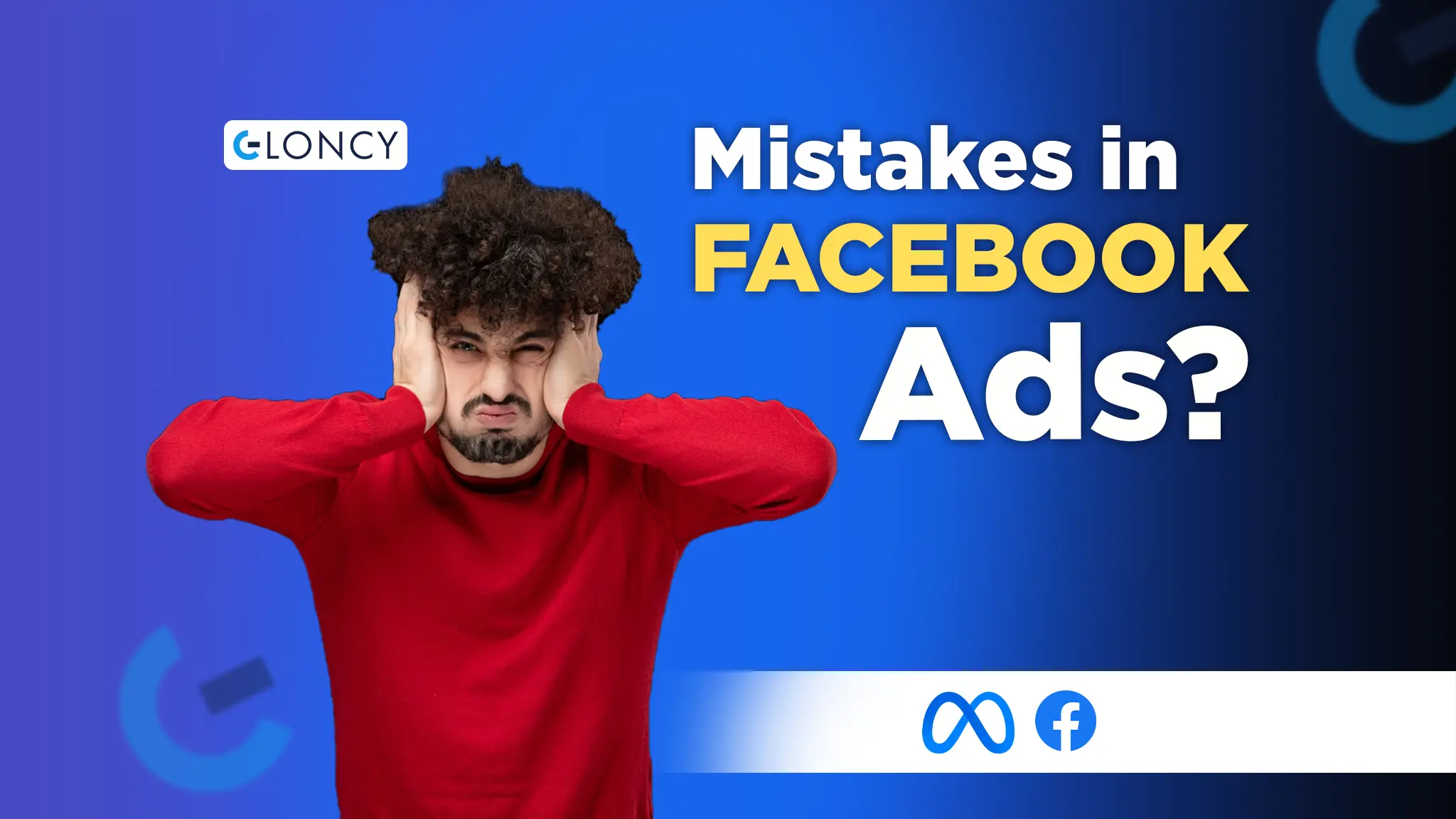If your Facebook Ads aren’t generating the results you want, you’re not alone. You might be thinking that Facebook just isn’t working for your business. But in most cases, it’s not the platform—it’s the Facebook Ads mistakes you’re making that are holding you back.
Here’s the truth: Facebook has over 2.89 billion monthly active users. That’s not just a large audience; it’s a goldmine. But without a well-thought-out strategy and a focus on optimization, you’re throwing money into the wind.
So, if you’re ready to stop making those common Facebook ad mistakes and start getting real, measurable results, here’s a step-by-step guide to fixing Facebook ad errors and improving Facebook ad performance once and for all.
Mistake #1: Not Defining a Clear Target Audience
One of the biggest Facebook advertising errors you can make is not knowing exactly who you’re targeting. Facebook’s targeting options are vast—too vast for most businesses to just guess at who they should be reaching.
How to fix Facebook Ads targeting:
- Understand your ideal customer: You should know who they are, what they need, and where they spend their time online.
- Use Facebook’s audience insights tool to get to know your audience’s behaviors and interests.
- Refine your audience: Narrow down by demographics, location, job titles, and interests to ensure you’re only reaching the people who are likely to convert.
Facebook ad optimization tip: The more specific your target audience, the better your ad relevance score will be, leading to lower ad costs and higher engagement rates.
Mistake #2: Ignoring Ad Copy and Creative
If your ad copy doesn’t speak directly to your target audience’s pain points, you’re wasting your money. A poorly written headline, vague call-to-action (CTA), or generic image will get lost in the sea of content.
How to fix Facebook Ads creative:
- Write compelling headlines: Your headline should make them want to stop scrolling and read more. Focus on their pain points and how your product or service solves them.
- Use strong CTAs: Always tell your audience exactly what you want them to do—whether it’s “Buy Now,” “Sign Up,” or “Learn More.”
- Use high-quality visuals: Your images or videos should be eye-catching and aligned with your brand. They should reflect the emotion you want to evoke in your audience.
Troubleshooting common Facebook ad issues: Test different ad creatives and copy variations. A/B testing is your best friend here. If you’re not testing, you’re missing out on the optimization that can make or break your campaigns.
Mistake #3: Not Tracking Conversions and Metrics
Here’s a shocking stat: Over 80% of advertisers don’t track their conversions properly. Without tracking, you’re flying blind. You might be spending money, but are you getting any return?
How to fix Facebook Ads tracking:
- Set up Facebook Pixel: If you haven’t done this yet, stop reading and set it up. Facebook Pixel tracks conversions and gives you insights into how your ads are performing.
- Measure the right metrics: Focus on return on ad spend (ROAS), cost per conversion, and click-through rate (CTR). These are the metrics that actually matter for optimizing your campaign’s performance.
- Use UTM parameters: UTM codes allow you to track how users are interacting with your website after clicking on your ads. This can help with tracking attribution across multiple channels.
Step-by-step guide to fixing Facebook ad errors: Track everything—otherwise, you’re guessing, and guessing doesn’t lead to success.
Mistake #4: Not Testing Ads Regularly
If you’re running the same ad creatives for months without changing anything, you’re doing yourself a huge disservice. Ads lose their effectiveness over time. What worked last month might not work this month, and without constant testing, you’re wasting your ad spend.
How to enhance your Facebook ad campaigns:
- Test different ad formats: Try carousel ads, video ads, and static image ads to see which ones perform the best.
- Test audience segments: Facebook offers extensive targeting options, and testing different audiences will allow you to see which group resonates the most.
- Test the timing: Run your ads at different times of day to find when your audience is most likely to convert.
Facebook ad optimization tip: Consistency is key. Regularly review your campaigns, and test new variations. The more you test, the more you learn, and the better your ads will perform over time.
Mistake #5: Ignoring Mobile Optimization
This one is a killer: If your ads and landing pages aren’t mobile-friendly, you’re missing out on a massive portion of your potential audience. Over 98% of Facebook users access the platform via mobile, so if your ads aren’t optimized for mobile, you’re ignoring the majority of your audience.
How to fix Facebook ads for mobile:
- Design mobile-first: Your ad copy, CTA, and landing page should all be optimized for mobile. Keep things simple and quick—mobile users don’t have time for long forms or slow-loading pages.
- Use vertical video: Since many users consume content on their phones in portrait mode, vertical videos are the most effective format for mobile ads.
- Test across devices: Always test how your ads appear on both desktop and mobile before running them.
Best practices for Facebook ad optimization: Mobile-first ads will improve engagement and drive higher conversion rates, so stop ignoring mobile users.
Mistake #6: Poor Budget Management
If you’re not managing your Facebook Ads budget correctly, your campaign will either underperform or burn through money too quickly. Whether you have a small budget or a large one, effective budgeting is key to maximizing ROI.
How to fix Facebook ad budget management:
- Set clear goals: Know what you want to achieve with each ad campaign (e.g., lead generation, sales, or website visits).
- Use Facebook’s budget optimization tools: Facebook offers automatic bid settings and budget distribution tools to ensure your budget is being spent effectively.
- Scale gradually: Don’t increase your budget too quickly. Scale your campaigns slowly and observe performance changes to ensure you’re getting the best results.
Facebook advertising errors: Stop using the set-it-and-forget-it approach. If you’re not paying attention to how your budget is being spent, you’re not optimizing for maximum returns.
Final Thoughts: Fixing Facebook Ads for Better Results
The key to Facebook ad success is to stop making the same Facebook Ads mistakes over and over again. Once you fix your targeting, improve your ad creatives, track your conversions, test regularly, optimize for mobile, and manage your budget, you’ll start to see real results.
Remember, Facebook ad optimization is a continual process. If you’re not constantly refining and testing, you’re falling behind. But the good news is, fixing these mistakes is completely within your control—and once you do, the ROI you’ll experience will be worth every minute of effort.



